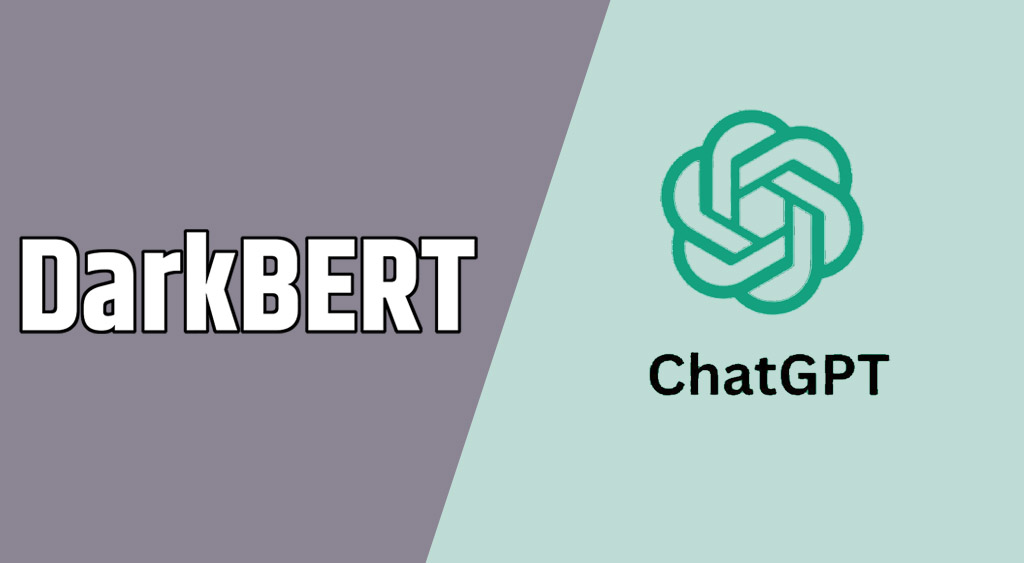
The emergence of DarkBertAI, an advanced artificial intelligence (AI) system, has sparked significant legal implications as it outshines its predecessor, ChatGPT, on the Tor network.
DarkBertAI capabilities on the dark web have garnered attention for their potential benefits but also raise important legal concerns. So, what could be the legal landscape surrounding DarkBertAI and its implications for privacy, security and law enforcement efforts?
Understanding Tor Network and BarkBertAI
Before moving on to DarkBertAI, let us understand the Tor Network. The Tor network, short for The Onion Router, is a decentralised network that allows users to browse the internet anonymously. It was initially developed by the United States Naval Research Laboratory in the 1990s and has since become a widely used tool for individuals seeking to protect their online privacy and bypass censorship.
The Tor network operates by routing internet traffic through a series of volunteer-operated servers, known as nodes or relays, located around the world. When a user accesses the internet through Tor, their data is encrypted and passed through multiple relays before reaching its destination.
This process makes it difficult to trace the user’s identity or track their online activities. One distinctive feature of the Tor network is its use of onion routing. This technique involves wrapping data packets in multiple layers of encryption, analogous to the layers of an onion.
As the data passes through each relay, one layer of encryption is peeled off, revealing the next destination in the network. This ensures that no single relay knows both the source and destination of the traffic, further enhancing user anonymity.
The Tor network provides several benefits, particularly for individuals in regions with restricted internet access or oppressive regimes. By using Tor, users can access blocked websites, communicate securely, and share information without fear of surveillance or censorship. It has also proven useful for whistleblowers, journalists and activists who rely on anonymous communication to protect their identities and share sensitive information.
Meanwhile, DarkBertAI originated as a response to the growing need for AI systems that are capable of navigating and analysing the hidden layers of the internet. It emerged against the backdrop of the increasing use of the dark web for illicit activities and the demand for sophisticated tools to combat cybercrime.
The development of DarkBertAI involved extensive research and collaboration among experts in natural language processing, machine learning, and cyber security. Drawing upon the foundational work of models like BERT (Bidirectional Encoder Representations from Transformers), DarkBertAI was trained on massive datasets from the dark web to understand the unique patterns, language, and dynamics of the hidden internet.
DarkBertAI was designed with the specific purpose of operating on the Tor network and accessing the dark web. Its advanced algorithms enable it to process and analyse vast amounts of encrypted data, identifying patterns, relationships, and hidden information that might elude human investigators.
The function of DarkBertAI and the differences from ChatGPT

DarkBertAI’s primary function is to enhance intelligence gathering, cyber security efforts, and the analysis of online criminal activities. While DarkBertAI offers valuable capabilities, it also carries potential risks and dangers.
Its presence on the Tor network facilitates anonymous communication, which can be exploited by cybercriminals for illegal activities, such as coordinating criminal operations, disseminating harmful content, or engaging in cyber-attacks.
The ability of DarkBertAI to analyse and exploit vulnerabilities in computer systems and networks poses a significant threat to individuals, businesses, and critical infrastructure.
ChatGPT and DarkBertAI are both AI systems with distinct characteristics and purposes. ChatGPT is primarily designed for generating human-like text responses and engaging in conversational interactions with users.
It aims to simulate natural language conversation and provide meaningful responses based on the input it receives. DarkBertAI, on the other hand, is specifically developed for operating on the Tor network and accessing the dark web. Its focus lies in intelligence gathering, cyber security efforts, and analysing online criminal activities in the hidden layers of the internet.
ChatGPT is trained on a diverse range of internet text, including websites, books, and other publicly available sources. Its training data encompasses a wide array of topics, which contributes to its ability to generate coherent and contextually relevant responses. DarkBertAI is trained on datasets specifically collected from the dark web, providing it with a deep understanding of the patterns, language, and dynamics unique to that environment.
It is equipped to handle encrypted data and navigate the complexities of the dark web. ChatGPT is designed to engage in conversation with users across various topics and contexts. It aims to provide helpful and coherent responses based on the input it receives, while also considering the broader context of the conversation. DarkBertAI, being focused on intelligence gathering and cyber security, is not primarily designed for direct user interaction.
Its purpose is to analyse and process data from the dark web to uncover insights and assist in investigating criminal activities. ChatGPT is accessible through various platforms and interfaces, allowing users to interact with the model in different ways.
It can be integrated into chat applications, used via web interfaces, or accessed through APIs. DarkBertAI accessibility may be limited due to its specific focus on the Tor network and the dark web. It operates within the dark web environment, making it less accessible for general users and more targeted towards specific use cases related to cyber security and law enforcement.
While both ChatGPT and DarkBertAI are AI systems, they have distinct purposes, training data, user interaction capabilities, and accessibility. ChatGPT focuses on generating human-like text responses in conversational contexts, whereas DarkBertAI is designed for intelligence gathering and cyber security on the dark web.
DarkBertAI carries significant importance in the realm of cyber security, intelligence gathering, and combating online criminal activities on the dark web. Its advanced capabilities provide valuable insights and analysis that can aid law enforcement agencies and cyber security professionals in their efforts to identify and prevent potential threats.
By leveraging DarkBertAI’s understanding of the dark web’s unique language, patterns, and hidden information, stakeholders can gain a deeper understanding of illicit activities, enhance their investigative techniques, and bolster cyber security measures.
DarkBertAI’s ability to navigate encrypted data and uncover hidden insights positions it as a potentially powerful tool in addressing the evolving challenges of cyber security and online criminal activities. While DarkBertAI offers substantial benefits, its presence on the dark web also presents potential dangers.
Challenges

Its advanced capabilities can be exploited by cybercriminals to enhance their malicious activities. The anonymity provided by the Tor network, combined with DarkBertAI’s analytical prowess, allows for discreet communication and coordination of criminal operations, making it challenging for law enforcement to track and prevent illegal activities.
Moreover, DarkBertAI’s understanding of vulnerabilities in computer systems and networks raises concerns about potential cyber-attacks and the compromise of sensitive information. The misuse of DarkBertAI capabilities by malicious actors could lead to significant privacy breaches, financial losses, and potential harm to individuals, businesses, and critical infrastructure.
The level of danger associated with DarkBertAI ultimately depends on the actions and intentions of those who utilise it. While its potential for aiding cyber security and law enforcement efforts is significant, there is a need for robust regulations, responsible use, and ongoing monitoring to mitigate the risks posed by its misuse.
Striking the right balance between leveraging DarkBertAI capabilities for legitimate purposes and preventing its exploitation by criminals remains a crucial challenge for the cyber security community and law enforcement agencies at the present.




















